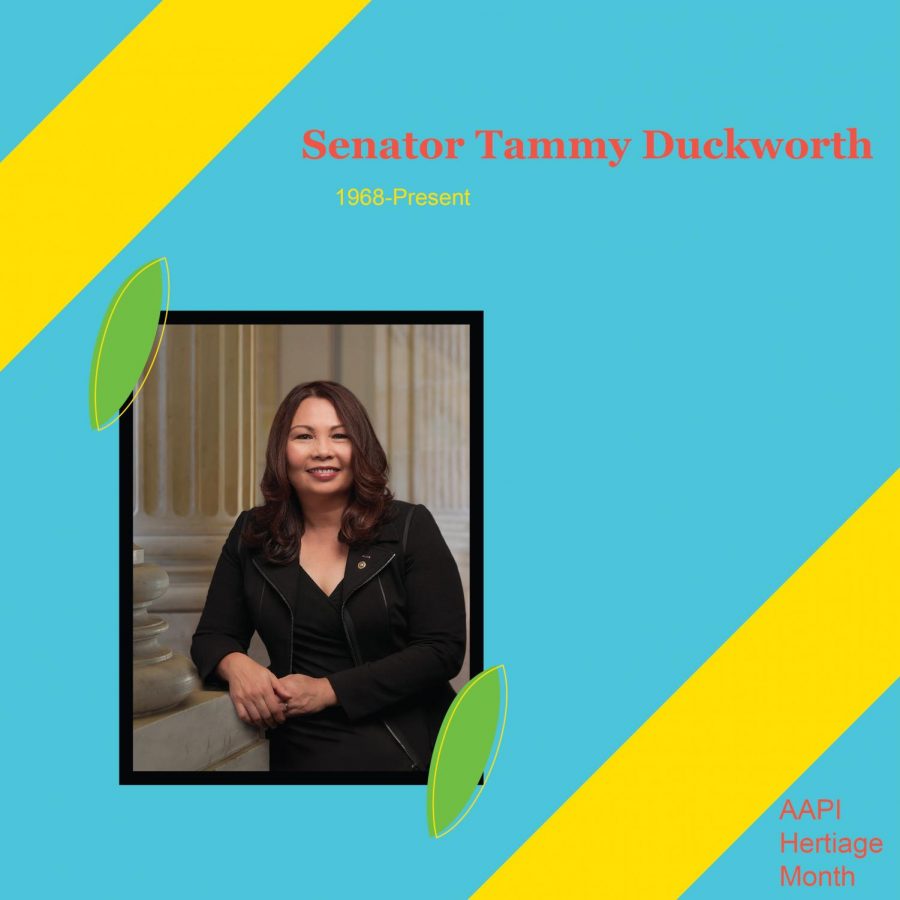The women’s sailing team finished fourth out of 18 teams in the 2021 Inter-Collegiate Sailing Association Women’s National Championship May 19 and 20. The national championship appearance was the team’s first since being promoted to varsity status in May 2020.
The team’s two boats combined for a score of 224 points, enough for a top four result but 23 points short of first place. In the A-division boat, team captain Annabelle Hutchinson ’21 raced alongside skipper Olivia Belda ’22. The B-division boat, directed by skipper Caroline Bayless ’23 and crew Maddy McGrath ’22, excelled, leading all 18 boats in the division with 91 points.
“Fourth place at a national championship is a great result. We should be proud of it,” said Head Coach John Mollicone, who has led the coed and women’s sailing teams for the past 22 years. “We had a disqualification for one race. We had some penalties … and that was probably the difference for us from winning to fourth, but we still had a great result.”
For Hutchinson, being able to compete in the championship was a win in its own right. “We’re definitely proud of it. I know that going into it, we were all hoping to win. But just the fact that we were able to sail the national championship is still kind of phenomenal to all of us,” she said. “If you asked any of us in February if we would have even a single regatta, we would probably have said no.”
In April, the women’s sailing team qualified for the national championship with a victory at the New England Intercollegiate Sailing Association Women’s Championship. “The New England championship is the national qualifier,” Bayless said. “And our team went in and won the event — cold. So we hadn’t sailed for an entire year or competed for an entire year, (then) went in and won the national qualifier, which was huge.”
The team’s ability to compete this year stems in part from its promotion to varsity status in May 2020. The women’s and coed sailing teams were the only two teams promoted to varsity as a part of the Excellence in Brown Athletics Initiative, which initially demoted 11 athletic teams to club status before the University reinstated five back to the varsity roster following community pushback and legal challenges.
“The announcement came to our team as just as much of a surprise as it did to the rest of the teams (that were demoted),” Hutchinson said.
In May 2019, a year before the initiative was announced, the women’s sailing team placed first out of 18 qualified teams to win the 2019 ICSA Women’s National Championship. Because sailing is governed by the ICSA and not the NCAA, Brown was able to compete against — and defeat — varsity teams from schools across the country despite their designation as a club team.
“The fact that we won the 2019 Women’s Championship was probably hugely influential on (being promoted to varsity), because it demonstrated that we are one of the strongest athletic programs that Brown has to offer,” Hutchinson said.
The team’s strong performances continued until the abrupt end to competition in 2020 due to the COVID-19 pandemic. “Before we got shut down for COVID, our women’s team was ranked number one in the country, and they were the reigning national champions going back to 2019,” Mollicone said. “And our coed team was ranked sixth in the country when COVID hit. They were the New England champions in the fall of 2019.”
While COVID-19 restrictions prevented all Brown club teams from competing, the sailing teams’ timely promotions allowed them to practice and eventually compete in spite of the pandemic. “I don’t think club sports have operated, really at all. And I think being varsity certainly gave us the opportunity to get on the water … we certainly would not have been able to compete if we were still a club team,” Mollicone said.
Despite the team’s relatively recent varsity designation, the program has practiced, recruited and competed at a varsity level for years — an approach proven effective by its 2019 national championship victory. “We worked really hard,” Mollicone said. “We recruited as best we could. We fundraised. We did everything that we could do to be a very strong program.”
“We’re very, very competitive in practice. But it’s a really supportive environment at the same time,” Bayless said. “Our team has the mentality and philosophy that if you make practice as hard as you possibly can, then it makes your events easy.”
Due to its promotion, the sailing team now has access to crucial resources previously unavailable to them as a club team. “We got to go to the weight room and start lifting, which I think helped a lot for our physical fitness. And we also got access to the training room — a lot of sailors have very bad backs, so our team really benefited from that,” Bayless said.
Hutchinson agreed that in sailing, proper training and rehab are particularly important. “I think the entire team can tell the difference just in our conditioning … and if your muscles aren’t feeling good, or something is wrong, we have access to the trainer who can help us and kind of (rehabilitate) us,” she said. “We did not realize how much we were missing until we had it.”
Increased social media exposure and communication with administration have also emerged as benefits of the team’s varsity designation. “Social media and just the team getting some recognition is really nice. We’re psyched about that. I mean, we went and won the national championship in 2019 and that was never on social media for the school or anything,” Mollicone said.
“Just having access to the athletic administration has been nice,” Hutchinson added. “It definitely makes us feel like more of a part of the Brown athletics culture that I don’t think we had really felt that we were a part of before,” she said.
Two championships remain on the horizon this summer: the coed team race June 2 and 3, and the coed fleet race June 7 and 8. Next year, Brown will host the first ever ICSA National Women’s Team Race Championship.
Bayless is optimistic about the direction of the sailing program — and hungry for an even better result in future competitions.
“We’re definitely gunning for another national championship title in the next two years,” she said. “So I’m excited to be able to come back on the water in the next two years and try and fight for that one.”





